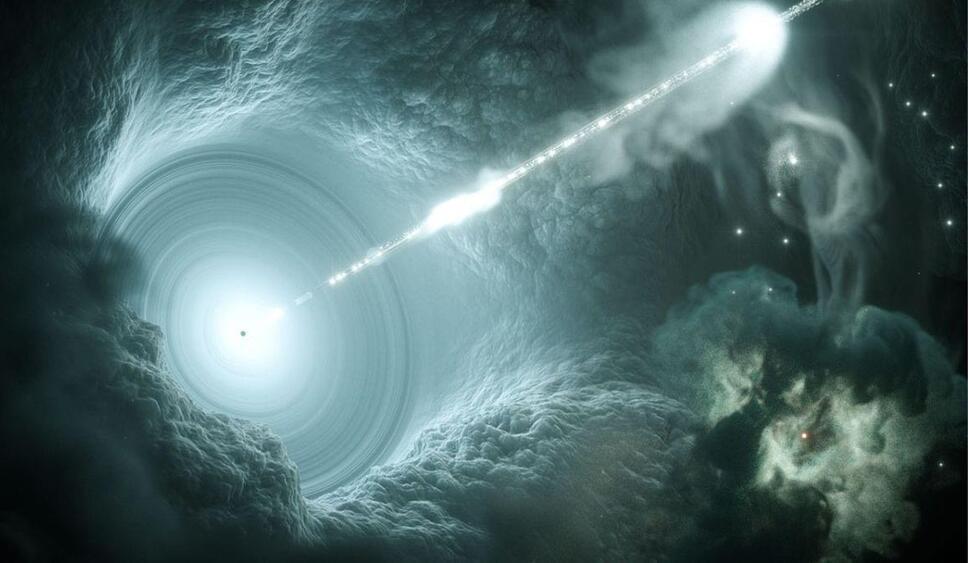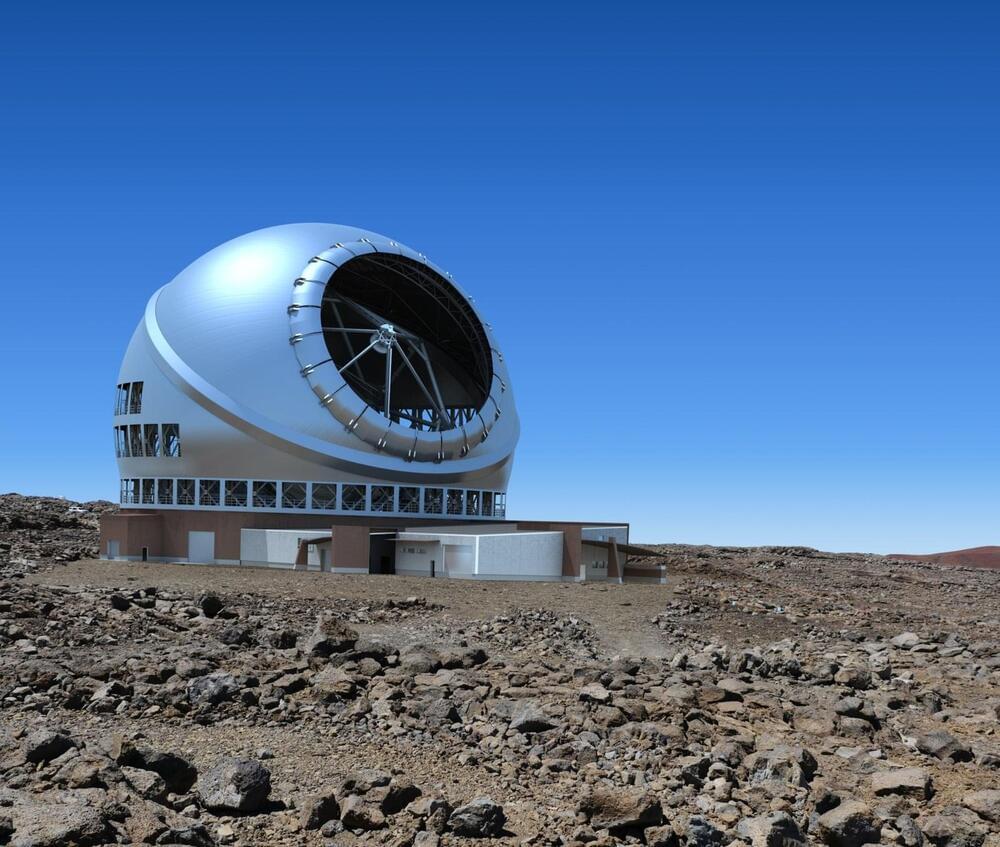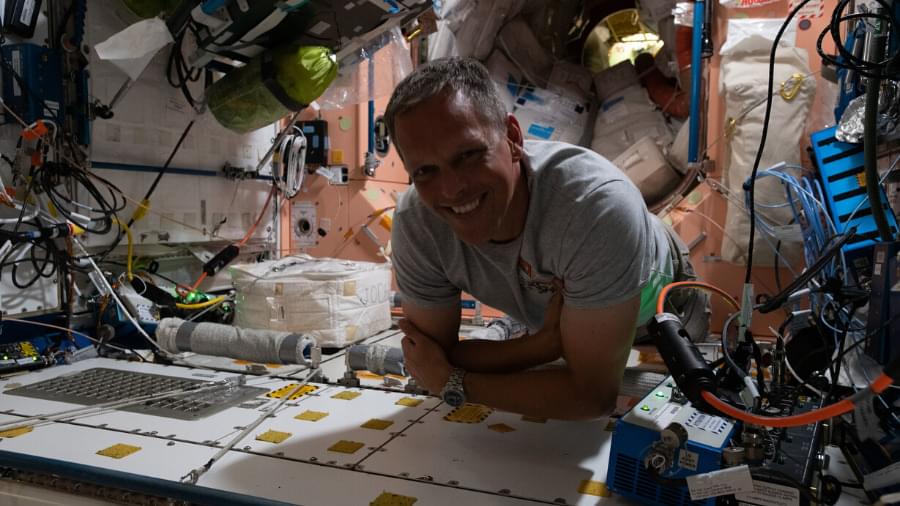With breathtaking videos, citizen scientists have shown researchers a new pattern of auroras that may solve the mystery behind a strange red glow.
Category: space – Page 506

Russia announces an official exit from the ISS — surprising its decades-long partner NASA
But Lindgren received an abrupt request to comment on the day’s big news: the new Russian space chief Yuri Borisov said the nation, which has been a steady NASA partner in space and that has ferried American astronauts up to the ISS as recently as 2020, would end their decades-long space station collaboration.
The news spread on Tuesday after the Kremlin published a transcript meant to represent a dialogue between Borisov and President Vladimir Putin, in which Borisov tells Putin that Russia will end their partnership on the ISS in 2024.
“That’s a good question,” Lindgren said after twiddling with the microphone in microgravity.

‘Neutrino factories’ could hold the solution to the cosmic ray mystery
This is because cosmic rays consist of electrically charged particles, meaning as they journey billions of light-years from their source to Earth, they are repeatedly deflected by the magnetic fields of galaxies, making their sources impossible to spot.
Related: High-Energy ‘Ghost Particle’ Traced to Distant Galaxy in Astronomy Breakthrough
Some of the processes and events that launch cosmic rays also blast out astrophysical neutrinos, and these ‘ghost-like’ particles could be used as ‘messengers’ to solve this puzzle, a team of astrophysicists believes.

A new law is putting astronomy back in the hands of Native Hawaiians
While the University of Hawai’i has until 2028 to officially hand off its management duties to the group, locals like native activist Noe Noe Wong-Wilson are optimistic about the change. She and others note that it feels like policy makers are finally listening to Native Hawaiians’ voices regarding the stewardship and care of their own community.
“This is the first time with the new authority that cultural practitioners and community members will actually have seats in the governing organization,” says Wong-Wilson, who is the executive director of the Lālākea Foundation, a nonprofit Native Hawaiian cultural organization. Wong-Wilson, who is a member of the working group that helped develop the bill proposal, says that the choice to bring in people and ideas from all over the community is what helped make the new law a reality.
She adds that the law’s mutual stewardship model takes into account all human activities on the mountain, and is designed to help “protect Mauna Kea for future generations,” as Native Hawaiians believe the mountain is a sacred place—a part of their spirituality as well as their culture. But years of mismanagement has created a mistrust in the state’s stakeholders, which included the University and Hawaiian government officials, and deepened a rift between Indigenous culture and western science.

Physics Mystery Solved: Findings Could “Revolutionize” Our Understanding of Distance
According to traditional thinking, distorting a flat space by bending it or stretching it is necessary to create a curved space. A group of scientists at Purdue University has developed a new technique for making curved spaces that also provides the answer to a physics mystery. The team has developed a method using non-Hermiticity, which occurs in all systems coupled to environments, to build a hyperbolic surface and a number of other prototypical curved spaces without causing any physical distortions of physical systems.
“Our work may revolutionize the general public’s understanding of curvatures and distance,” says Qi Zhou, Professor of Physics and Astronomy.
“It has also answered long-standing questions in non-Hermitian quantum mechanics by bridging non-Hermitian physics and curved spaces. These two subjects were assumed to be completely disconnected. The extraordinary behaviors of non-Hermitian systems, which have puzzled physicists for decades, become no longer mysterious if we recognize that the space has been curved. In other words, non-Hermiticity and curved spaces are dual to each other, being the two sides of the same coin.”


Physics, Life Sciences, and Dragon Cargo Transfer Top Tuesday’s Task List for Crew
The Expedition 67 crewmembers aboard the International Space Station spent Tuesday predominantly on research, maintenance, and cargo transfer operations.
Research beneficial to humans on Earth and future crews in space is happening around the clock aboard the orbiting laboratory. NASA Flight Engineer Kjell Lindgren used a majority of his day to service samples for the Immunosenescence investigation inside the Life Science Glovebox. Results from this study may one day inform treatments for accelerated aging processes commonly observed in microgravity and contribute to countermeasures for normal aging progression.
